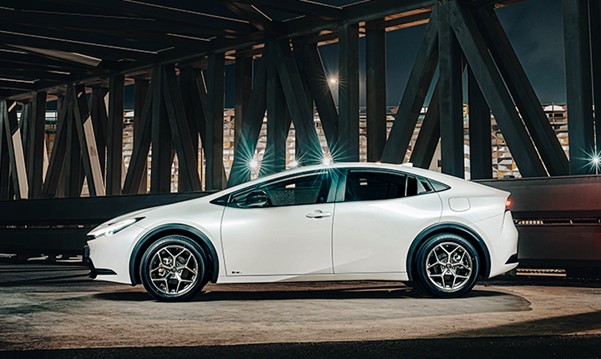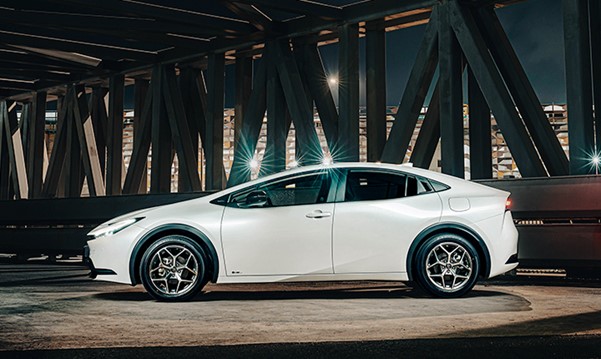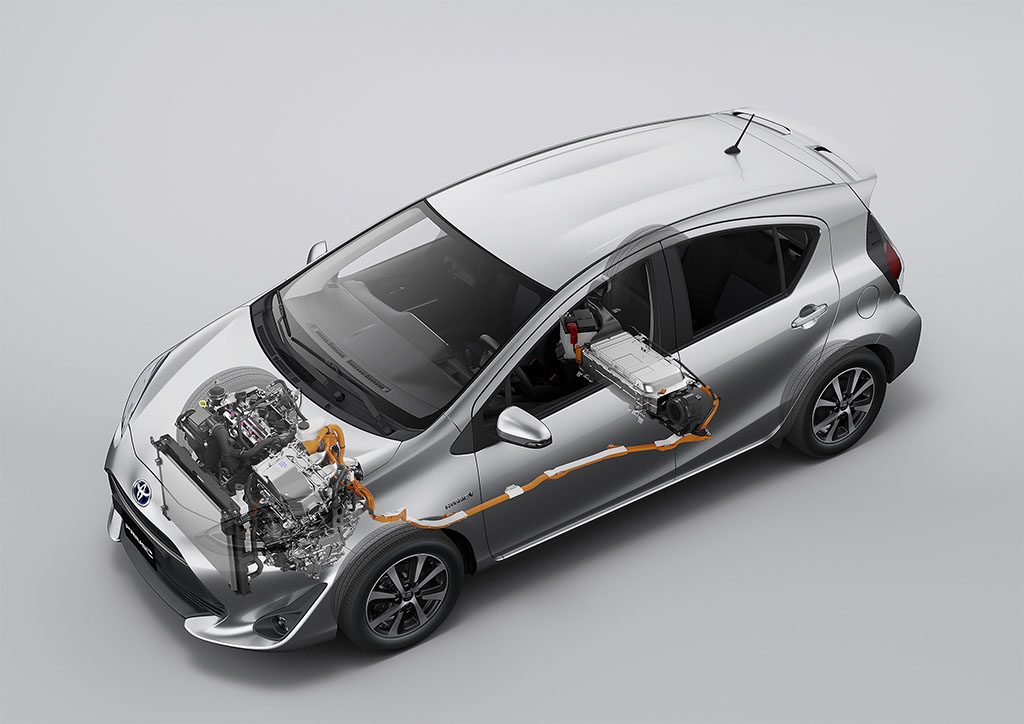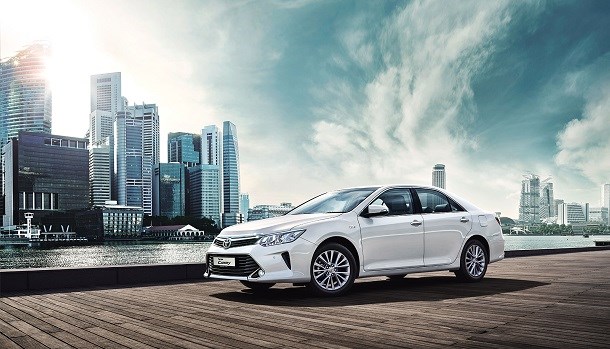The Trailblazing Journey of the Toyota Prius: Pioneering Green Transportation and Shaping the Future
Introduction
The Toyota Prius is widely recognized as the pioneer of hybrid cars, revolutionizing the automotive industry and popularizing eco-friendly transportation options. In this article, we’ll delve into the rich history of the Prius, exploring its early days, technological advancements, cultural impact, global perspectives, and the future of this iconic hybrid vehicle.
Pioneering the Green Movement: The Birth of Prius
The Prius started from humble beginnings in the early 1990s when Toyota set out to develop a more sustainable form of transportation. After overcoming many technical challenges, the engineers successfully created a hybrid powertrain and regenerative braking system. In October 1997, the first-generation Prius was unveiled to the world—the first ever mass-produced hybrid passenger vehicle.
The Evolution of Efficiency: Prius Through the Generations
Building upon its initial success, Toyota introduced subsequent generations of the Prius with significant advancements in technology and design. Each iteration pushed boundaries in fuel efficiency and sustainability, setting new industry standards. From improved aerodynamics to optimized hybrid systems, the Prius evolved to offer enhanced performance and even greater fuel efficiency.
Cultural Impact: Prius as a Symbol of Environmental Consciousness
The Prius quickly became a cultural phenomenon, embraced by celebrities and influencers who championed its eco-friendly image. It transformed into an icon representing a shift towards sustainable living, sparking conversations about the future of transportation and inspiring others to adopt greener alternatives. Its distinctive design and eco-friendly features made the Prius instantly recognizable and positioned it at the forefront of popular culture.
Global Perspectives: Prius Around the World
The impact of the Prius extended beyond its birthplace in Japan, gaining popularity worldwide. In North America, the Prius played a significant role in establishing hybrid technology as a viable alternative to traditional gasoline-powered vehicles. In Europe, it became a symbol of sustainable mobility, thanks to stringent emission regulations and a desire for greener transportation options. Throughout Asia, the Prius enjoyed widespread popularity, reflecting Toyota's commitment to green technology and sustainability.
Innovation Beyond the Road: Prius Technology in Other Industries
The development of hybrid technology for the Prius also led to advancements in battery technology, contributing to improved performance and energy storage capabilities. Toyota has collaborated with businesses and communities to repurpose used Prius batteries for energy storage, providing sustainable solutions beyond the automotive industry. This cross-pollination of technology showcases the broader impact of the Prius on sustainability efforts.
Prius Communities: Uniting Owners in a Shared Mission
Prius ownership has fostered a sense of community amongst like-minded individuals committed to sustainability. Online forums and dedicated Prius communities have sprung up, enabling owners to exchange information, share experiences, and advocate for environmental causes. Additionally, local meet-ups and events offer opportunities for Prius enthusiasts to connect in person and further their shared mission.
From Concept to Icon: The Design Philosophy of the Prius
The Prius design philosophy goes beyond simple aesthetics. Its sleek shape, sharp lines, and unique styling are a result of an intentional focus on aerodynamics, reducing wind resistance and optimizing fuel efficiency. Furthermore, the Prius incorporates eco-friendly materials and advanced technology within its interior, showcasing Toyota's commitment to sustainability throughout the vehicle.
This relentless focus on style continues to this day, with the All-New 2024 Prius sporting bold new lines and a sleek silhouette that looks stunning from every angle.
The Future of Prius: Innovations and Beyond
As the automotive industry continues to pursue sustainable mobility, Toyota remains dedicated to advancing hybrid and electric technology. The latest Prius models boast improved fuel efficiency, enhanced all-electric range, and even more innovative features. Toyota's ongoing research and development efforts aim to make hybrid and electric vehicles more accessible, practical, and environmentally friendly, further shaping the future of the Prius and sustainable transportation as a whole.
Offering not just revolution but also evolution, the 1st Prius has undergone many changes—some subtle, some dramatic—to become the version we know today. A car that makes the most of its full hybrid technology to ensure you get the benefits of both fully electric eco-friendliness and the range and peace of mind offered by its petrol engine—and you’ll never need to worry about plugging it in!
2024 sees the launch of an All-New Prius in Singapore
Brace yourself for the highly anticipated launch of the All-New 2024 Prius—and to be captivated by its stunning new exterior as well as its unparalleled fuel efficiency. The new Prius comes with a 1.8-litre engine hybrid powertrain option which combines a combustion engine, electric motor and battery to deliver better fuel economy and acceleration. Overall, it offers exceptional fuel efficiency of 4.1L/100km, while if you fill up its 43L tank, it can take you 1,048km!

But the changes aren’t just under the hood. A lower chassis, swept body and shark-like nose—in addition to black exterior accents and dark interior tones—are all aimed at giving the Prius an edgier look, a departure from the wedge shape and grey interiors seen in previous models.
Conclusion
The Toyota Prius, being a full hybrid, benefits from a combination of features outlined in the comparison table. With its gasoline engine and electric motor, it can operate on electric-only, gasoline, or a combination of both, providing versatility in propulsion.
The moderate-sized battery allows for improved fuel efficiency and lower emissions compared to traditional vehicles.
Additionally, the self-charging capability through regenerative braking and engine contributes to lower maintenance costs.
While relying on existing gasoline infrastructure, the Prius represents a cost-effective and environmentally conscious choice, aligning with the ongoing advancements in hybrid and electric technology by Toyota.
This continuous innovation ensures the Prius remains a symbol of sustainable transportation, shaping a greener future for all.
| Aspect | Full Hybrid | Mild Hybrid | Electric Vehicle (EV) |
|---|---|---|---|
| Power Source | Gasoline Engine + Electric Motor(s) | Gasoline Engine + Small Electric Motor | Electric Motor(s) + Battery |
| Primary Propulsion | Can run on electric-only, gasoline, or combination | Relies on gasoline, electric motor assists at times | Solely powered by electricity |
| Battery Size | Moderate-sized battery | Small-sized battery | Large-sized battery |
| Charging | Self-charging through regenerative braking and engine | Self-charging through regenerative braking | Requires external charging (plug-in) and generative braking |
| Electric-Only Range | Limited (typically short distances.) | Limited, used for assistance rather than extended range | Significant range on electric power alone |
| Fuel Efficiency | Improved fuel efficiency compared to traditional vehicles | Improved fuel efficiency, but less than full hybrids | Zero tailpipe emissions, no reliance on fuel |
| Emissions | Lower emissions compared to traditional vehicles | Lower emissions compared to traditional vehicles | Zero tailpipe emissions |
| Cost | Generally more affordable than plug-in hybrids or EVs | Typically more affordable than full hybrids or EVs | Initial cost may be higher, but potential savings over time |
| Maintenance | Similar to traditional vehicles, with potential fuel savings | Similar to traditional vehicles, with potential fuel savings | Generally lower maintenance costs compared to traditional vehicles |
| Driving Experience | Can operate on electric power, smooth transitions between power sources | Electric motor provides assistance, smoother start-stop functionality | Silent, smooth operation with instant torque |
| Infrastructure | Relies on existing gasoline infrastructure | Utilizes existing gasoline infrastructure | Requires a growing network of charging stations |










































